

Imagined States 2004-2005
24 C-prints
Various sizes





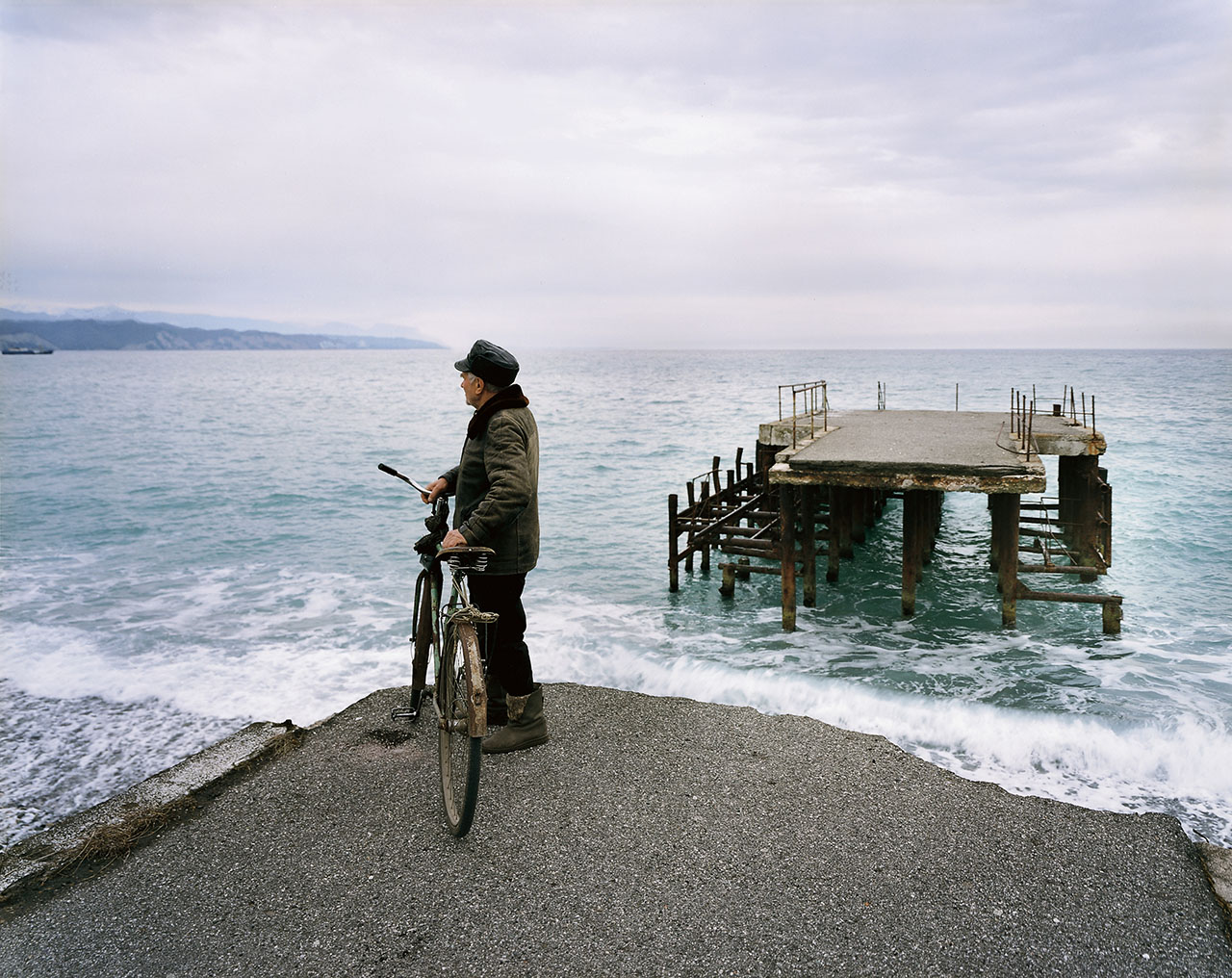
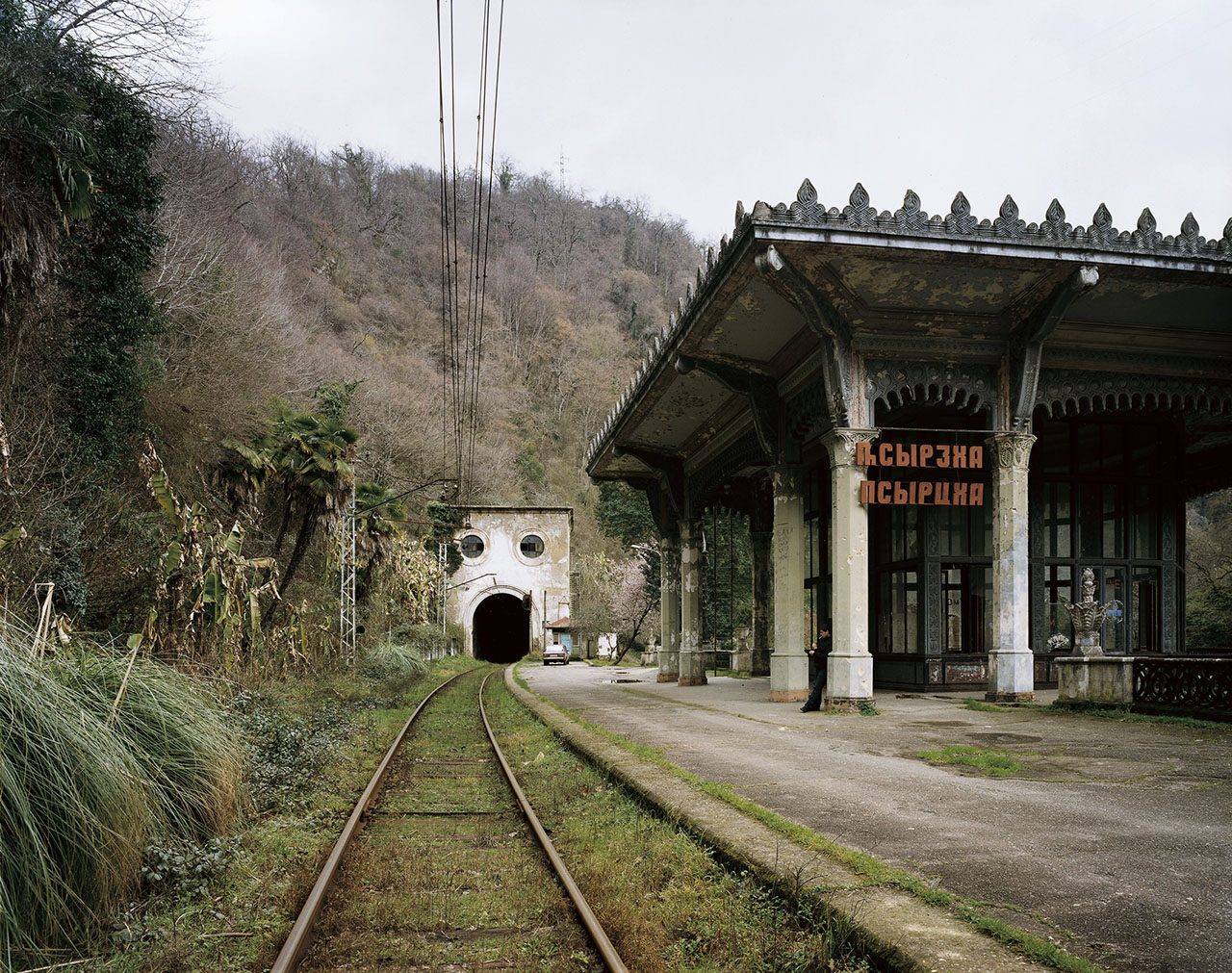
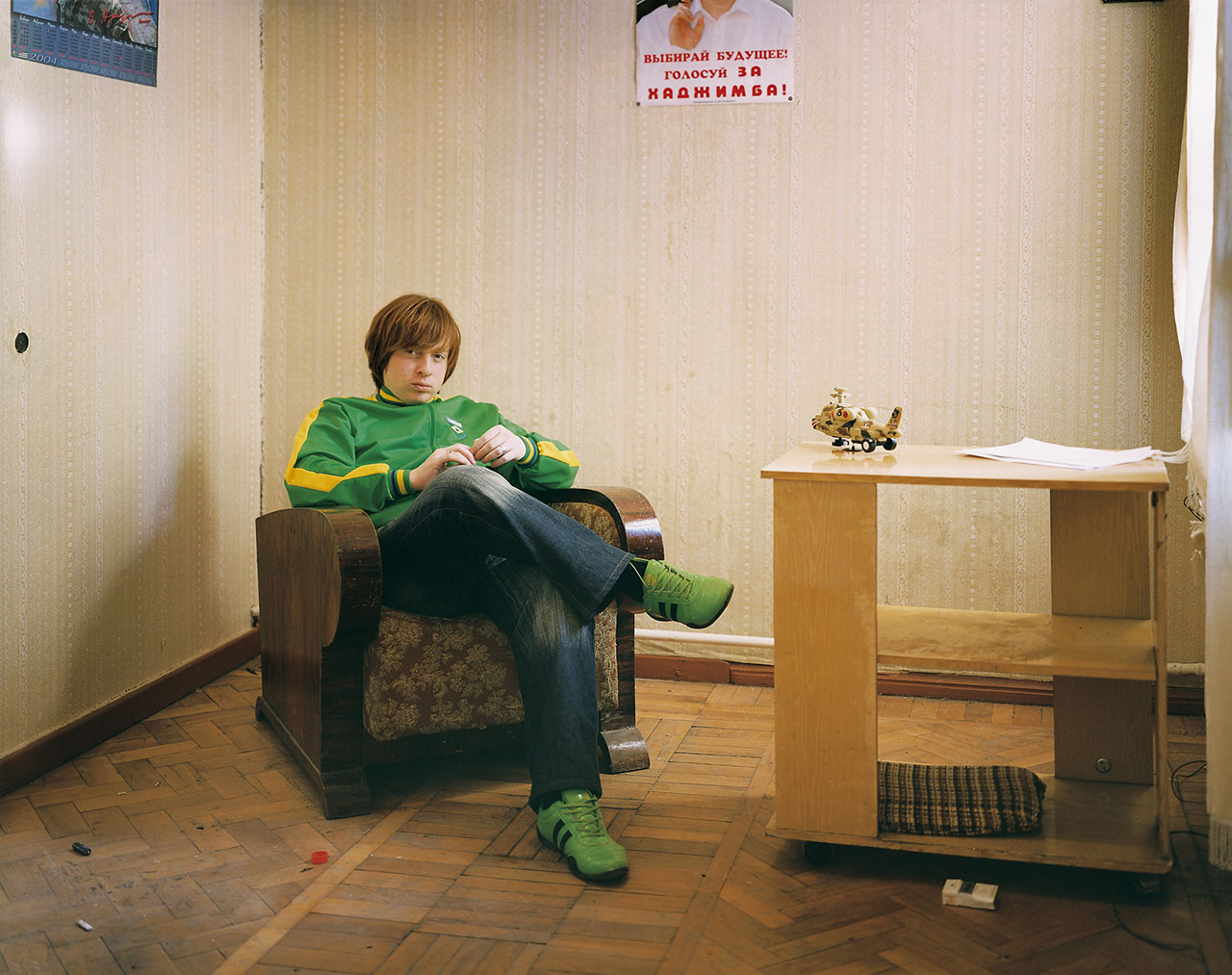
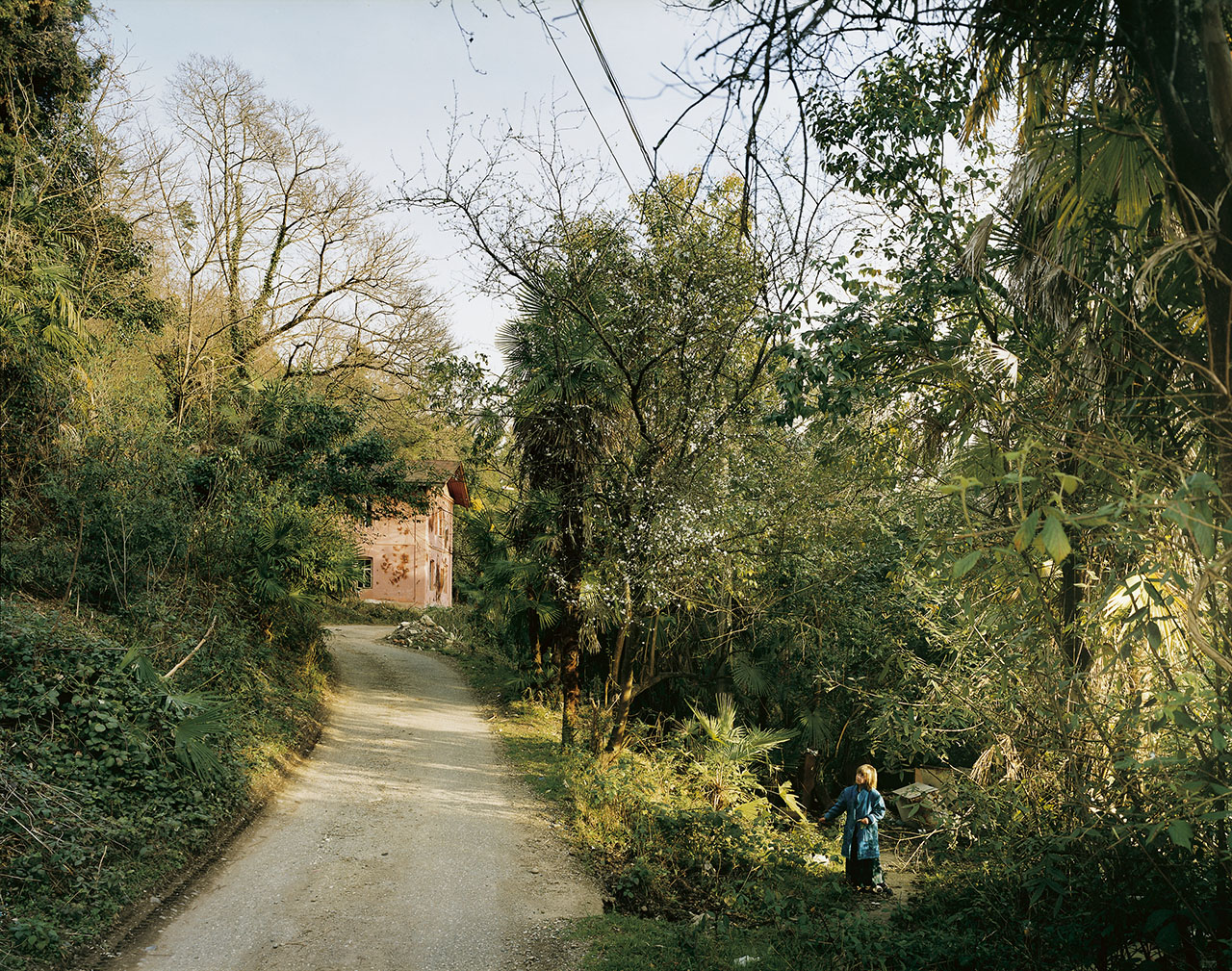
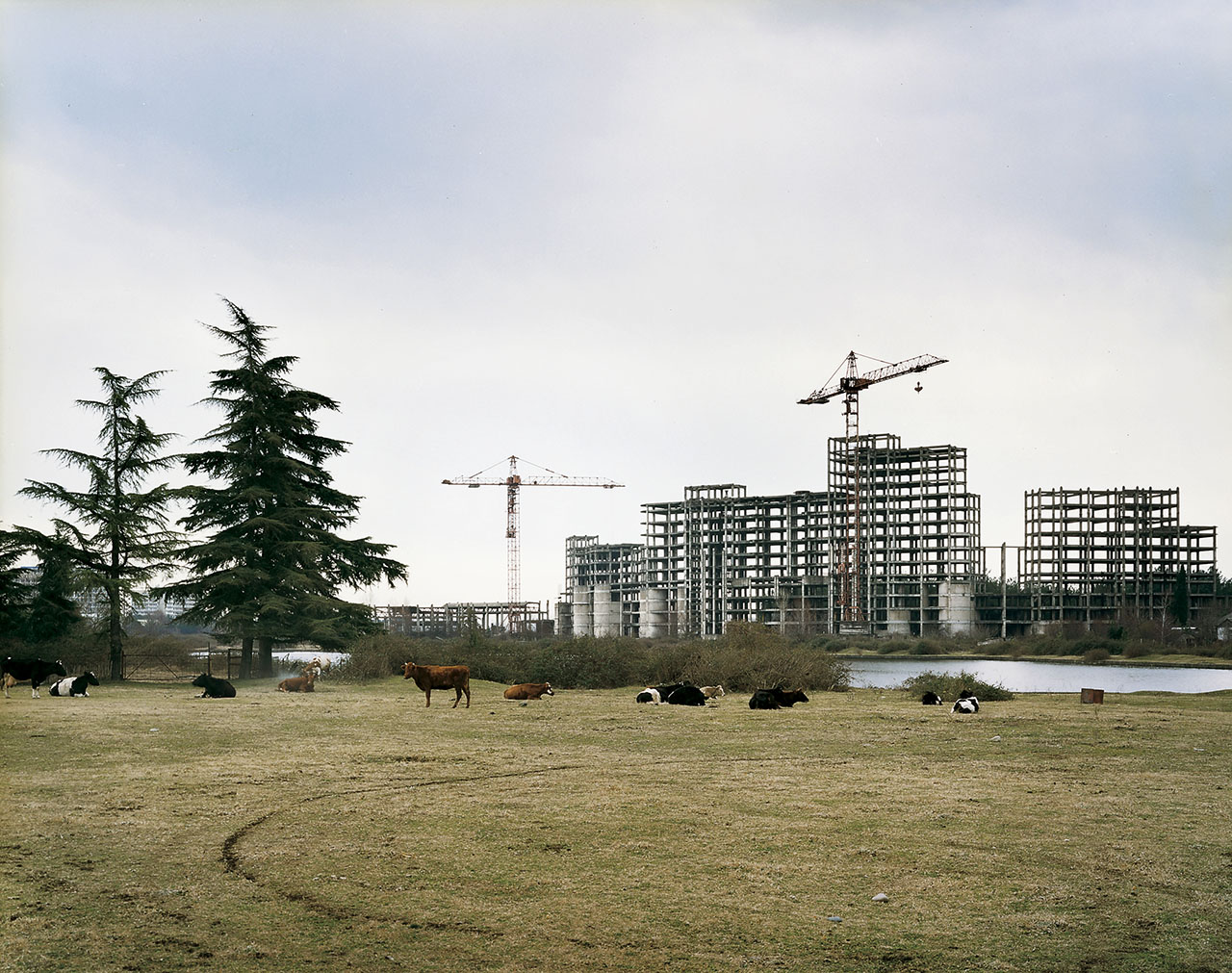

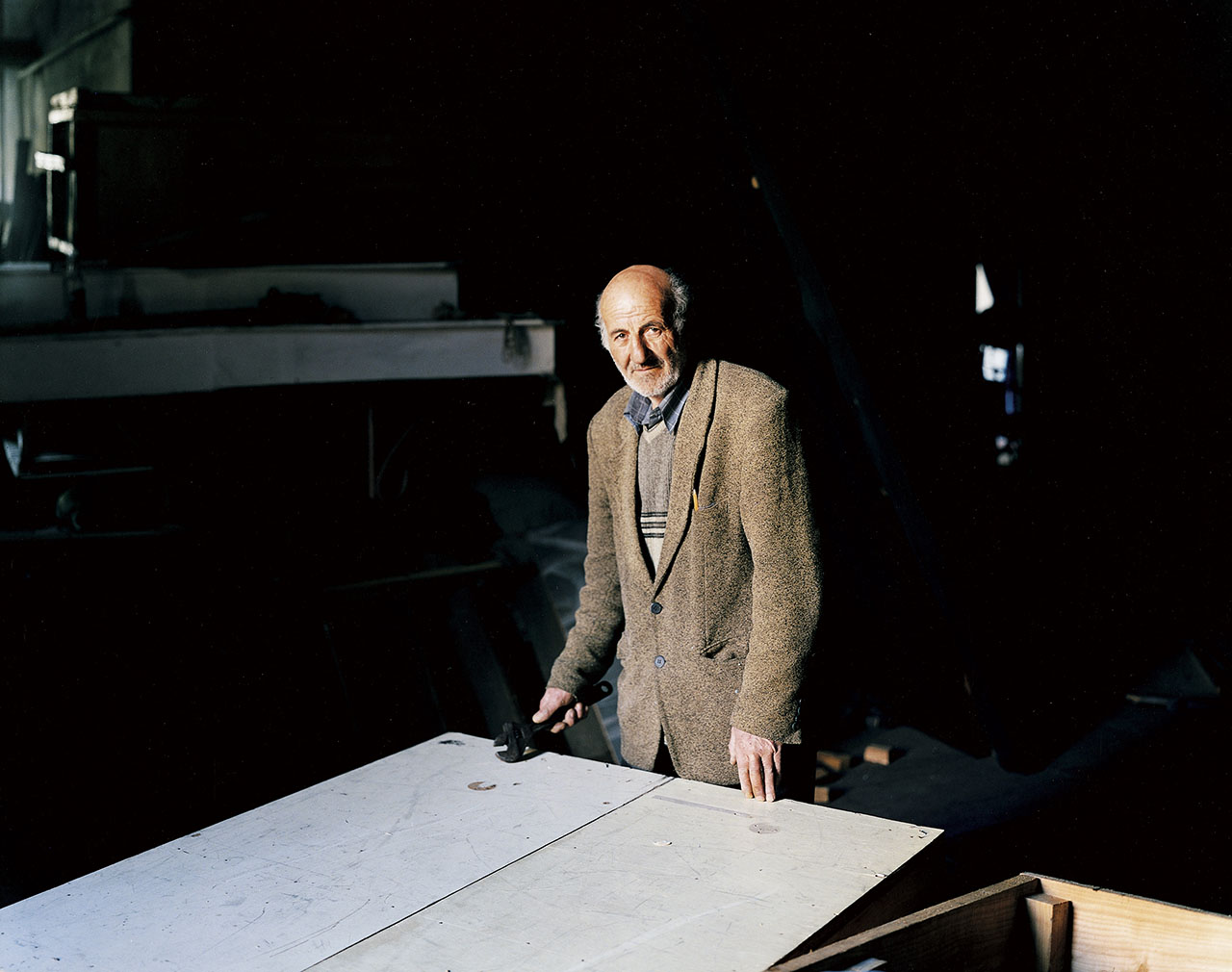
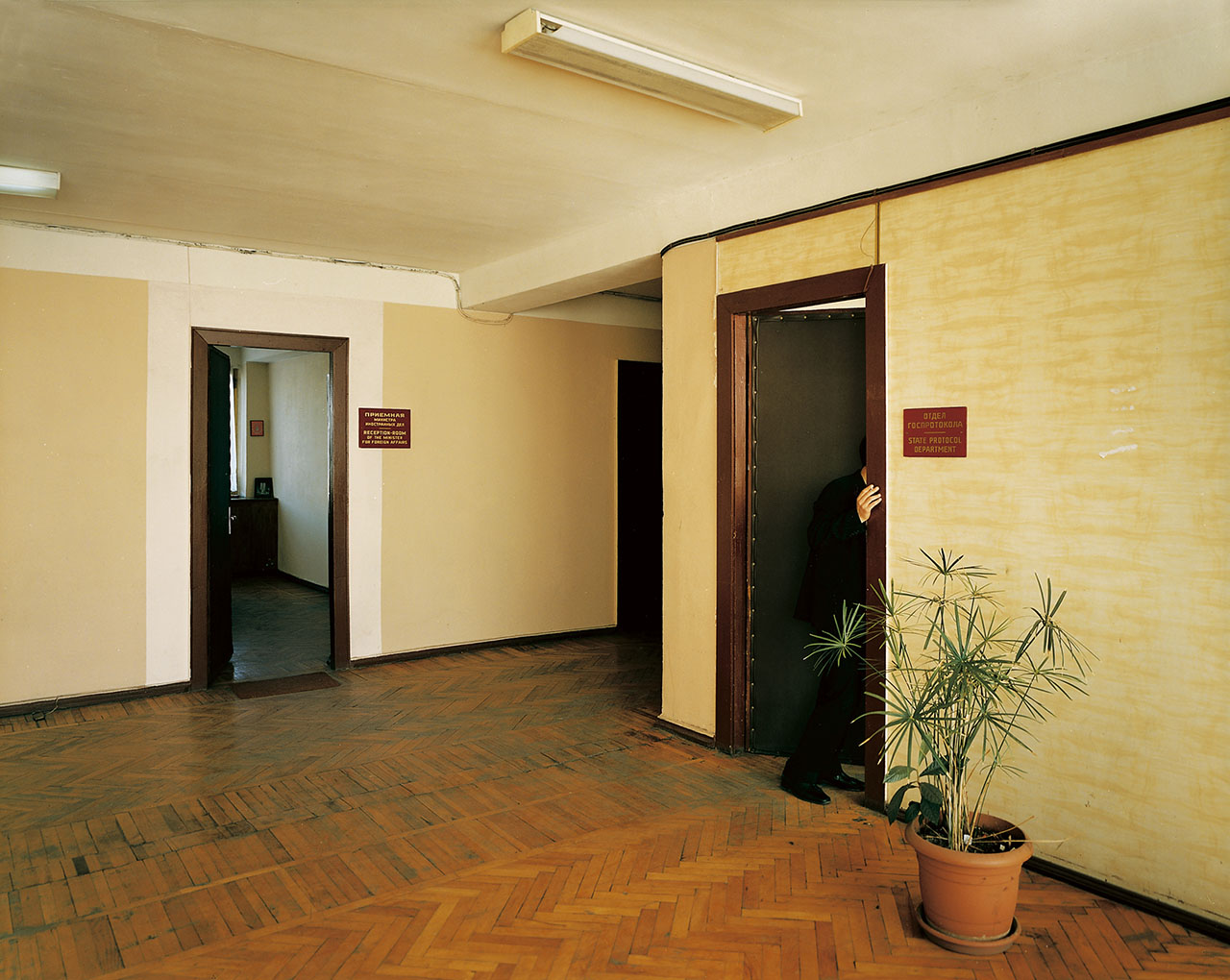



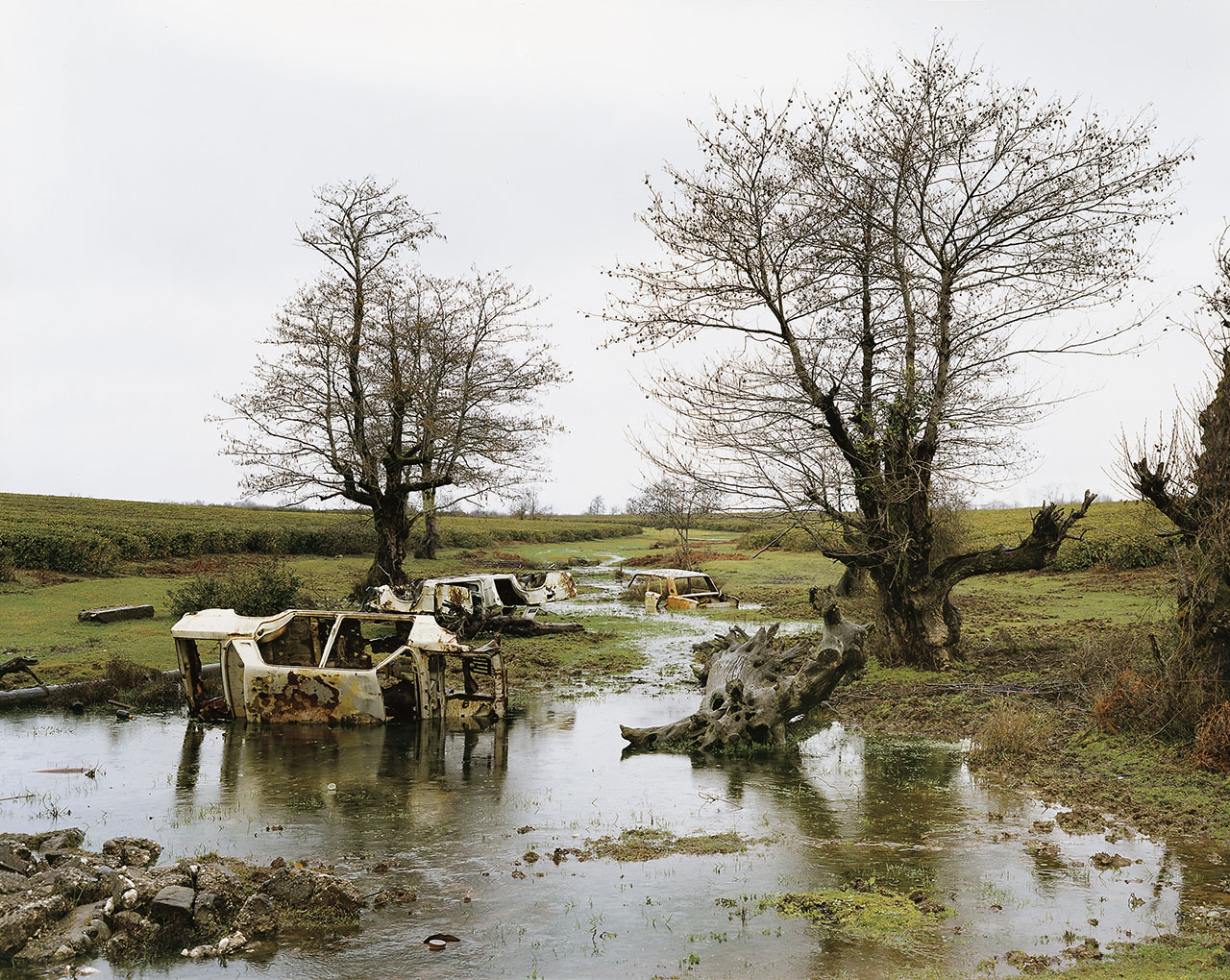

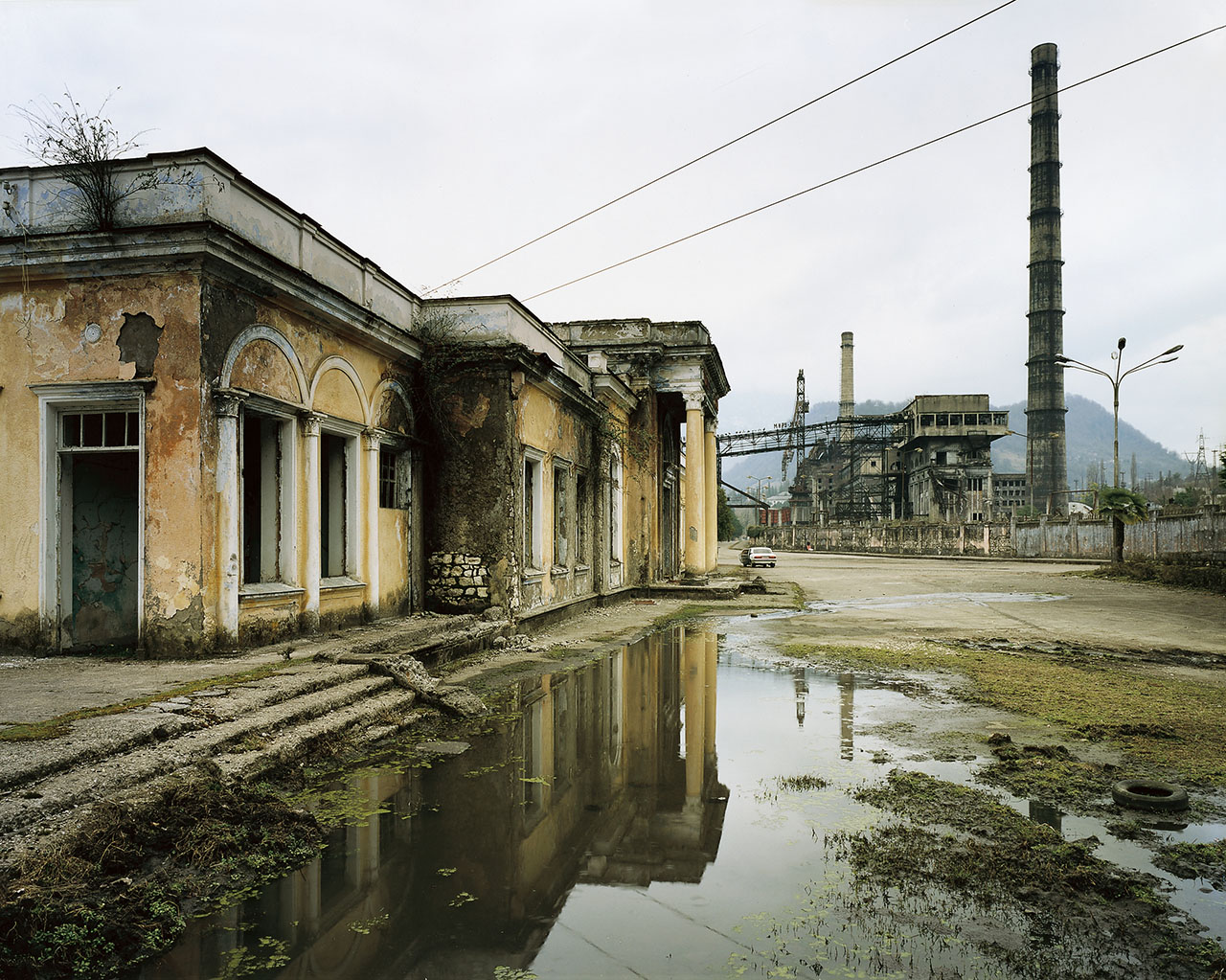
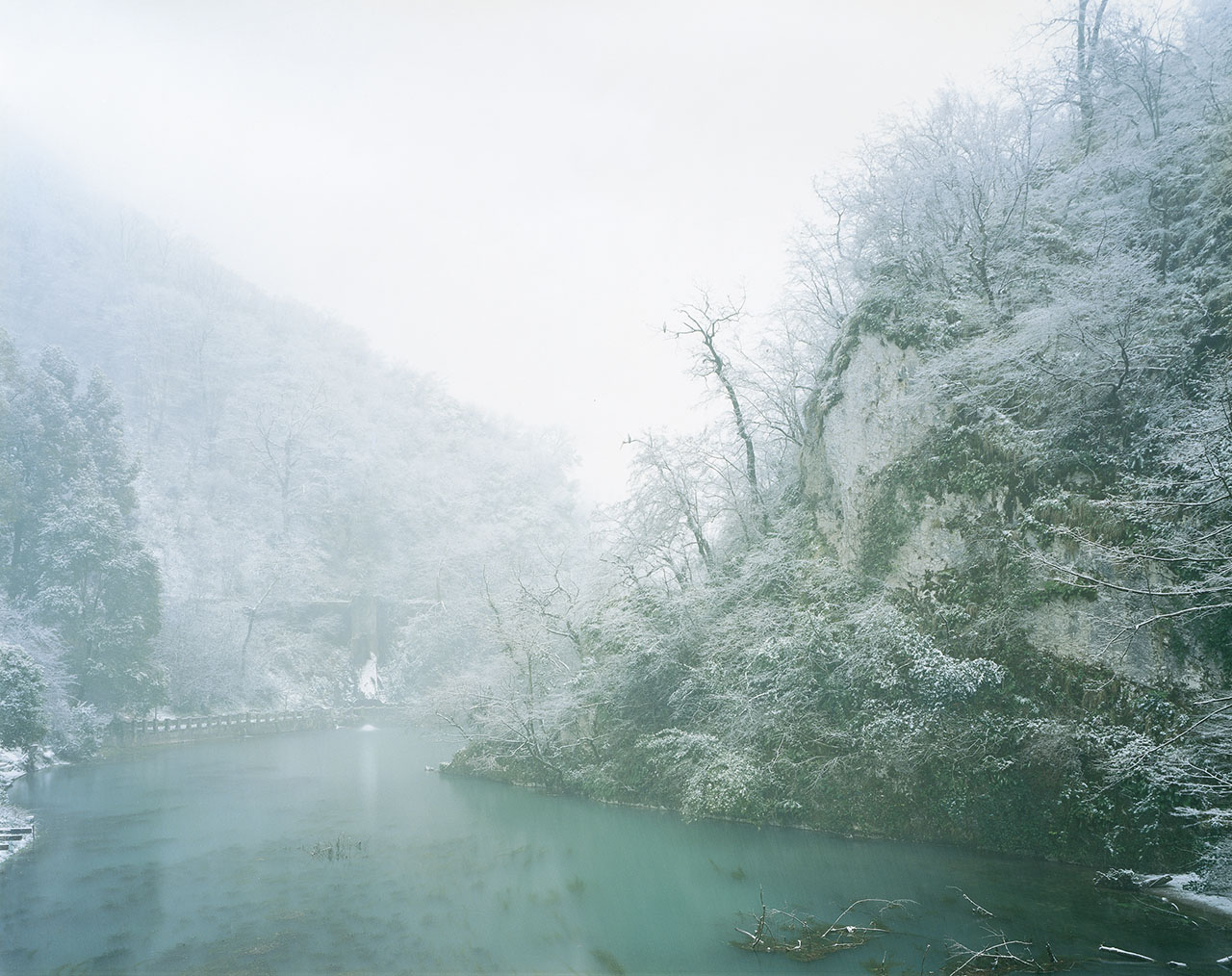




Michel Poivert
The title Imagined States echoes a tradition of fictional literature. It summons up images of faraway lands, conquest and dreams. But these “imagined states” are not, however, the imaginary states that they first bring to mind. They strive to give shape to the dreams of peoples in search of a constructed identity; whereas imaginary states would be founded more on an artist’s projection in a fantasy universe. The photographs of Imagined States must therefore be understood as an elaboration on imagined constructs of the State which, although explicitly artistic, is nevertheless informed by reality. The imagined States physically exist; they are on maps and have their own history and geopolitics – as we shall see later. Nothing imaginary here, only the imagination of an artist: the terrain in which he carries out his own esthetic experiments. How, therefore, does one photograph the longing for Statehood? The State as a state of mind? A State without borders, without a legitimate flag: a theoretical State. How does one photograph a utopia, that other name that Thomas More gave to the ideal State?
Éric Baudelaire already questioned the imagined quality of the State some years ago while working on the American West. Was the evolving dream of the Western frontier, with its unfolding geographical wonders and human violence, itself not an imagining of the American State? The first volume of Imagined States that he presents here requires the viewer to unfold the other part of the world map and go far to the east. To Abkhazia. A mountainous region with a subtropical climate on the shores of the Black Sea, a republic in the former Transcaucasus, a de facto independent state that is officially part of Georgia. Abkhazia is the size of a French département, with a population of two hundred and fifty thousand people, and it has been destroyed by a war that was reported nowhere. Abkhazia exists as a State only by dint of the sheer will of its inhabitants. Éric Baudelaire, who speaks enough Russian to meet the Abkhaz without the help of an interpreter, is neither an academic nor a journalist, in spite of his long stays in this region, at times in the company of a writer friend. Imagined States is not reporting in the sense that its content is not informed by transitive logic (information, messages, speech). It is not anthropological research seeking documentation to explain the stakes of the place and the people. Nor is it a self-centered voyage of initiation where Elsewhere is simply a foil to describe how one understands oneself. Everything here is considered in a manner that combines the state of things as they are and the artist’s intervention. Almost everything we see has been adjusted: a detail added, figures posed, a specific color chosen, animals or cars arranged... But Abkhazia never becomes a backdrop or a pretext. It is where the image is thought out. The precise place where the question that interests the artist is asked. The issue of the intellectual representation of the State hangs on this unity of place. As such, the figures only play their own roles, the animals are not far from their own pastures, the cars have only made a detour on their way to their initial destinations. The considered use of artistic device, shall we say, is what describes the locus of the imaginary in the minds of those who dream the State. A way of shifting things, that is just perceptible and which presents itself to the viewer within the inherited (and deliberately claimed) legacy of land art arrangements: an emphatic curve etched in the ground, an abandoned construction site evoking both ruin and incompleteness, a procession of posts midst sea and sky like a Richard Long line crossed with Robert Smithson’s spiral jetty, a cement building torqued to a dizzying height worthy of a Richard Serra, a disemboweled house torn like a Gordon Matta Clark... With, from time to time, yet more poetic references, such as that car over owing with mandarins being hauled as they sometimes are in these places. A car chosen here because of its color: blue like an orange.
How to express the imagined nature of a State? By choosing collapsed and enchanted spaces in the places visited – parade grounds, a memorial – thus underlining the need to represent the State through elements of protocol. Places similar to stages on which characters chosen because of their professions measure themselves. The comic actor, the set builder, the painter and the puppeteer, each with the authority to conjure up a world from nothing. A dialogue is established between these craftsmen of representation and a photograph of Abkhaz ministerial corridors that house – irony of ironies – a ministry of foreign affairs. The longing for a State engenders simulated protocol. An atmosphere of general sublimation reigns. Such that no place, be it only ruins, evokes compassion. Landscapes, architecture and seaside are all swathed in the magic of idealized sovereignty. That overriding theatricality created by Éric Baudelaire plays on timelessness. Are we looking at the remains of a country ruined by conflict, or is this an embryonic nation emerging from communism? Everything moils about in a multiplicity of destinies; historical entropy in a single place. And to contain this ambivalence, as if to give form to such a complicated notion and complex longing, the artist has chosen to craft Beauty, handling it like raw material, working it as one does basic matter.
But beauty here is not that of “pretty pictures”, or, if it is, only in the sense that these images must be seen as postcards sent from an imagined State. Éric Baudelaire drew on a monumental reference when assembling his rhetoric of beauty: the films of Andrei Tarkovsky. From Stalker to Nostalghia, magical places are at the heart of the work of a filmmaker inspired by a spiritualism which, in the 1970s and 1980s, dealt with the question of imagined States in a clearly different vein from that of Pasolini, but with the same spiritual and political beauty. But Éric Baudelaire is not simply transmitting current tarkovskian esthetics through a 4 × 5 inch view camera. He brings to this deliberately celebrated legacy an understanding of photography that he succeeds in fusing with cinematographic references. Imagined States has an esthetic connection with a new generation of photographic artists for whom it is as natural to reflect on the photographs of William Eggleston as of Jeff Wall. For here, the melding of the colorfully common-place and the rigorous demands of staging drawn from modernist painting is perfectly accomplished. The dialectical dynamic between natural images and constructed images (those two poles of photographic esthetics) works beautifully.
Imagined States aspires to be a fable. There is no longer any reference to Abkhazia in the title of this series, thus raising the images to the level of linked metaphors. Indeed, these photographic documents are to be meditated upon like frescoes. The Sleeper is the very first figure in the book. Caught in an off-center highangle shot, the head of the sleeper – whose wavy hair is presented to us in all its affectation, thus transforming it into a frozen, haunting wave – introduces the speculative quality of Imagined States. Each image is above all a mental image. The photograph of the sleeper observed by a face on a television screen, which emphasizes the strangeness of the hair, establishes the motif of disturbing elements slipped into each image. Like the toy placed on the shelf in the portrait of the comic actor. Or, more explicitly, the child on the wooded forest road leading to a house, whose wandering expresses the anxiety of familiar mysteries. Read in this way, places that have been abandoned or given over to animals or to solitary beings take on a mysterious resonance. The feverish dream of a State multiplies the number of symbols, imbues small nothings with a magical protocol worthy of childhood ritual. Éric Baudelaire has not taken “pretty pictures”, his photographs are too pretty, precisely because of that excess that is the key to wonderment.
The ambition and the risk of this work therefore lie in a poetic and political thought process that seeks to find formal solutions able to connect the essential nature of photography and the nature of the conceptual framework being developed. The large format of the exhibition prints of this first opus of “Imagined States” was chosen by the artist to demonstrate the esthetic autonomy of each photograph. Each piece is meant to cause wonderment beyond the first glance. And over time it is meant to preserve in its mystery even the doubts it raises on the deeper nature of what it reveals. Each representation asserts convictions – convictions that fade away under the light of the fiction emanating from that very representation • Preface to États imaginés · Imagined States, Actes Sud, 2005